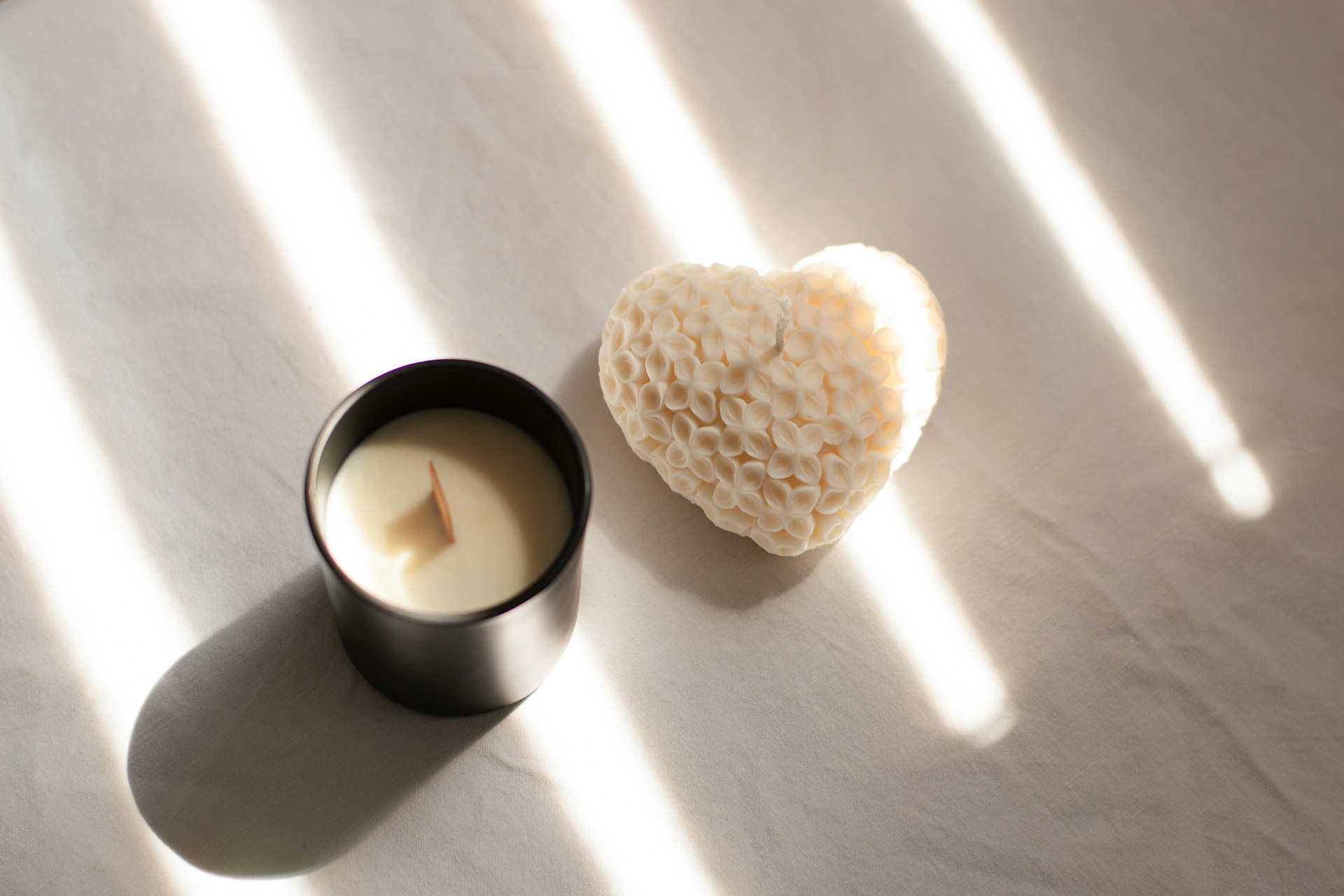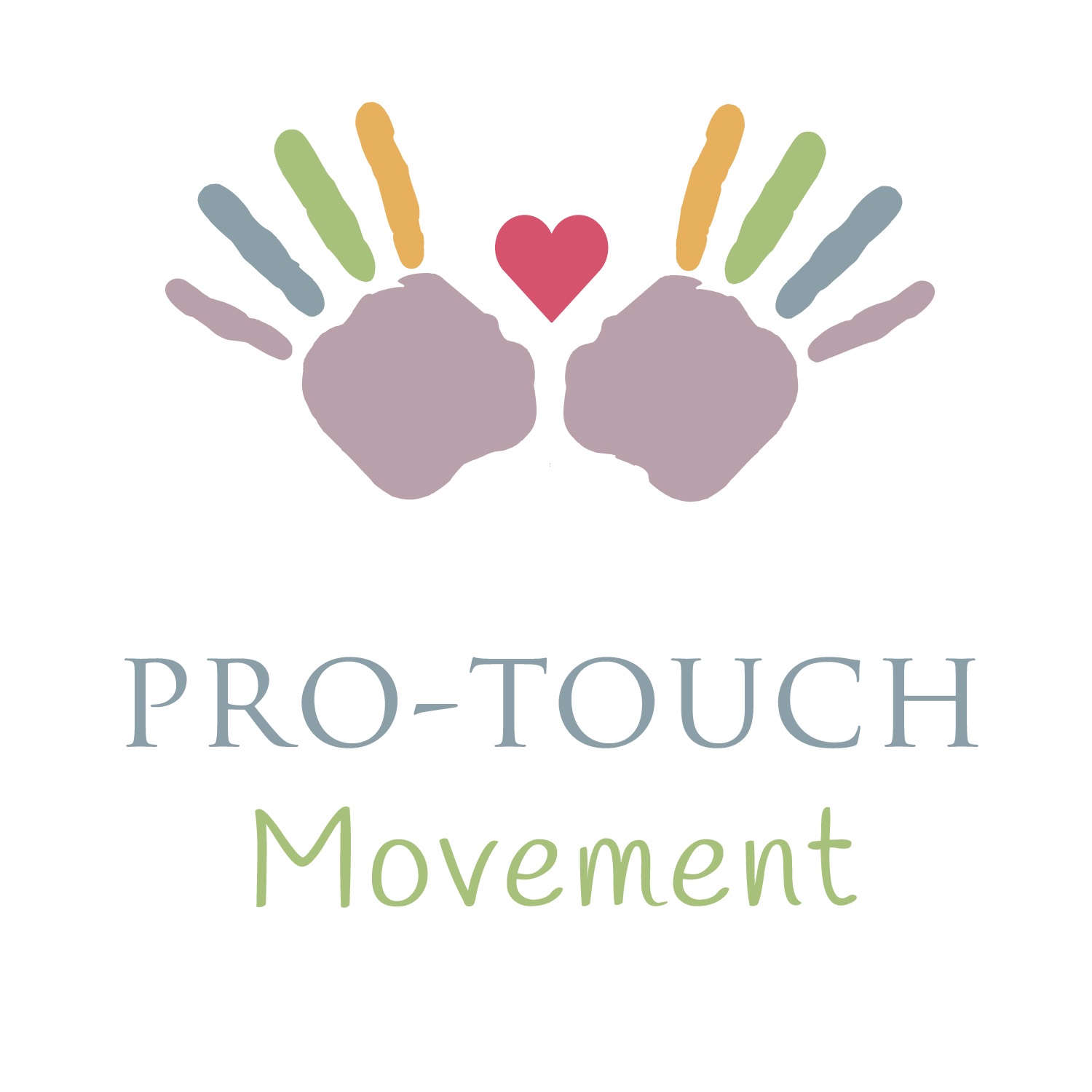Your basket is currently empty.
{{ Checkout.Stage > 1 ? 'Checkout' : 'Basket' }}
{{ item.Size !== null ? "(" + item.Size + ") " : "" }} {{ item.Price | currency:"£" }} {{ item.IncVAT ? 'inc. VAT' : 'plus VAT' }}
Thank you so much for supporting us!
We are donating {{ CharitableDonation | currency:"£" }} from your order to our good causes.

{{ CheckoutVm | json }}
Don't have an account?
{{ item.Price | currency: "£" }}
{{ item.Quantity }}
{{ (item.Price * item.Quantity) | currency: "£" }}
Thank you
A summary of your order has been sent via email.
We will let you know as soon as your order has been despatched.

10 Tips To Help Gain Your Clients Trust Oct 24, 2024

Creating a safe and trusting environment for your clients is all about staying present, listening, and paying attention to both the small details and the bigger picture. By focusing on your client’s comfort and well-being from start to finish, you help them feel safe, relaxed, and ready to fully benefit from the therapeutic power of touch.
10 Tips To Help Gain Your Clients Trust
by Lizzie Badger, Founder of the Pro-Touch Movement
Introduction
Massage and touch therapy can be a very personal experience, where clients need to feel safe, secure, and comfortable in order to fully relax. Trust is the key to creating that environment, and as a therapist, it’s your job to make sure clients know they’re in good hands. When they feel at ease, they’ll not only enjoy the session more but also experience deeper health benefits. Below are some simple and effective ways to create a warm, welcoming space that helps clients feel safe with you from the moment they walk in.
- Co-Regulating Through Body Language
One of the most powerful tools in creating trust with your clients is your own body language. When you’re calm, relaxed, and present, your clients will naturally feel more at ease. This is called co-regulation, and it’s something that happens naturally between people. If you stay grounded, breathe steadily, and move with calm confidence, your client’s nervous system will pick up on those cues and follow along. By staying calm and composed, you’re helping them relax on a deeper level without even saying a word.
For example: Maintaining a calm and relaxed posture, gentle movements, and soft speech encourages your client to relax. If you sense any tension in their body language, you can subtly slow your own pace and smile to help them unwind.
- Active Listening Skills
Before and during the treatment, be sure to really listen to what your client is saying—whether it’s about physical discomfort or what they hope to get from the session or even just how their day has gone. Active listening shows your client that their needs are your priority as well as gauging their emotional mood. Check in gently during the session without interrupting their flow to make sure they’re still comfortable.
For example: Asking, “Is the pressure okay for you? Let me know if you’d like it lighter or deeper,” helps clients feel in control of their own experience. Responding, “What a stressful week you’ve had… well, this is your time now to give yourself permission to fully switch off and relax. You deserve it.”
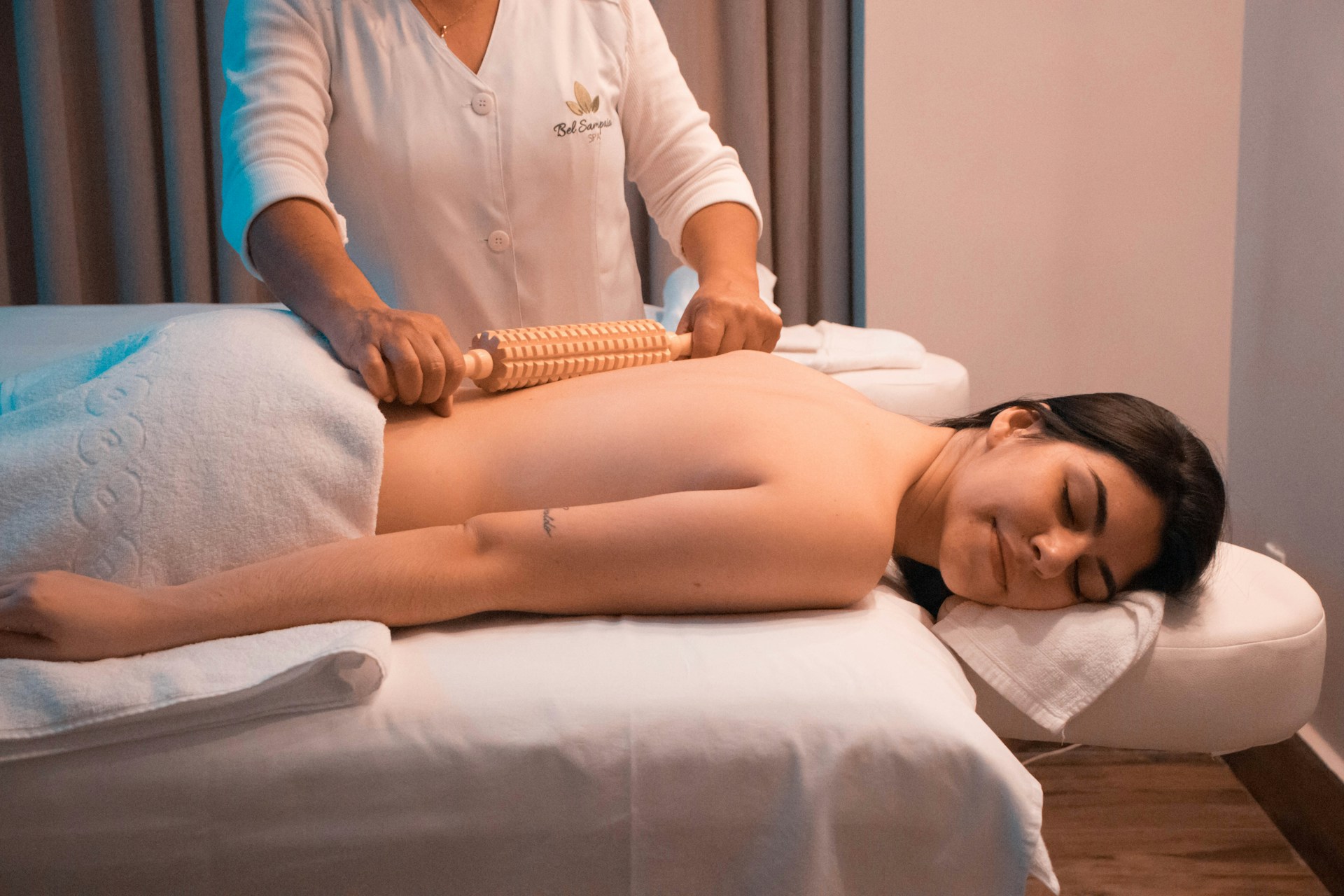
- Being Grounded Yourself
Your energy and presence directly affect your client. If you’re stressed or distracted, they’ll pick up on it. That’s why it’s so important to stay grounded, calm, and fully present throughout the session. Practicing mindfulness or deep breathing before your client arrives can help ensure you’re bringing your best self into the room. When you’re grounded, they’ll naturally feel safer and more relaxed.
For example: Take a moment to centre yourself before the session—whether it’s through deep breathing or just a quiet moment to clear your mind. Your calm presence will set the tone for the entire experience.
- Credentials and Certifications on Display
Showing your credentials isn’t just about proving you’re qualified—it’s also a way to put your clients at ease. When they see your certifications on the wall, they’ll feel more confident knowing you’re a trained professional who takes your work seriously.
For example: Keep your licenses or certificates in clear view in your treatment space and/or your reception area. It adds a layer of trust without you having to say a word.
- Clear Procedures and Structure
People feel safe when they know what to expect. That’s why it’s important to explain how the session will go, especially if it’s their first time. Talk through the process, from the consultation to the massage/treatment, so they understand exactly what’s going to happen. It helps ease any nervousness and lets them focus on relaxing.
For example: “We’ll start with a quick chat about any areas of tension or discomfort, then I’ll give you a 60-minute massage. Let me know anytime if you need me to adjust the pressure or focus on a different spot.”
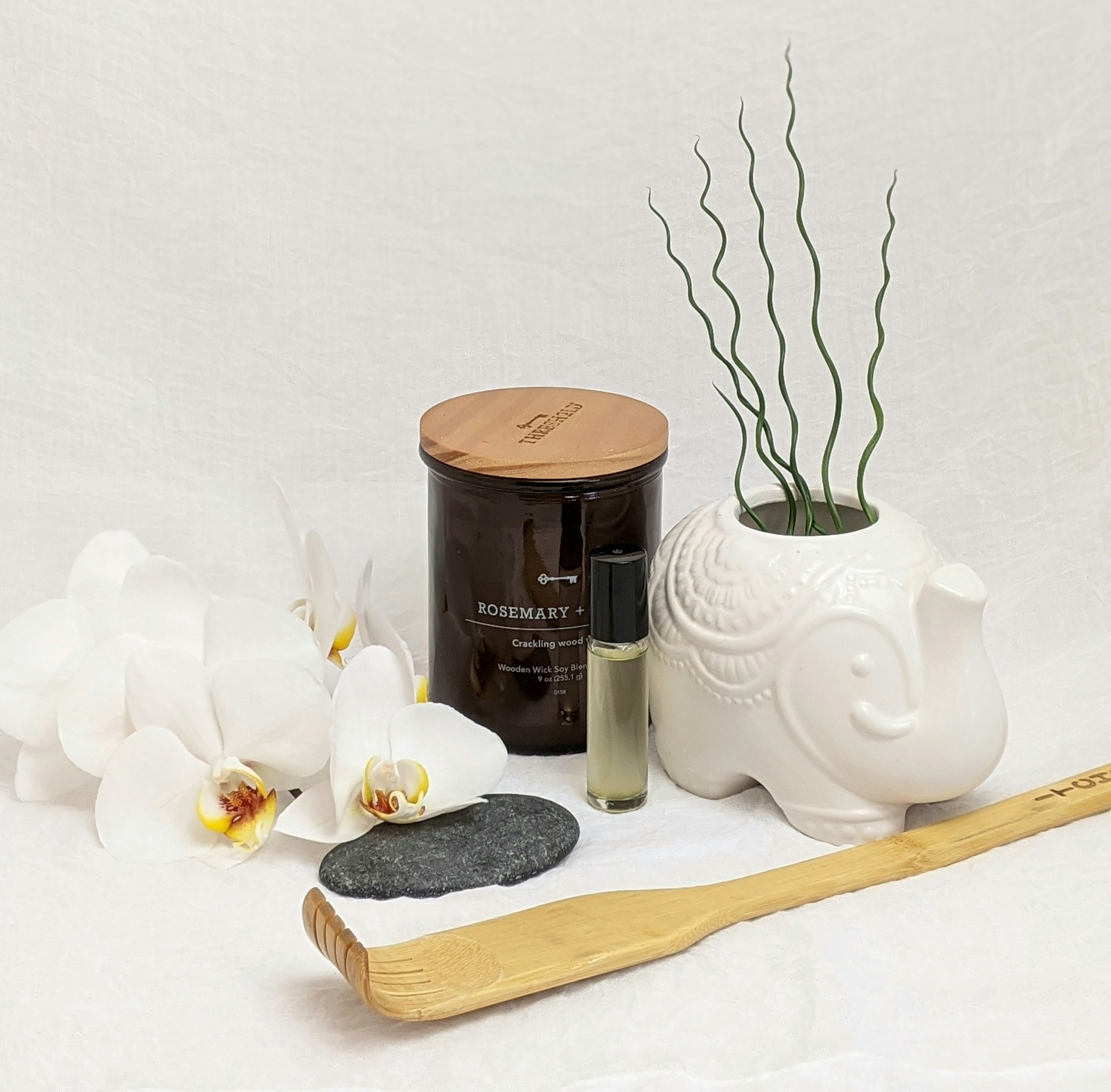
- Informed Consent
Following on from point 5, always ask for their consent to the treatment plan, especially if working on different areas of the body. It’s also important to remind them that they can speak up if they want to stop or adjust the session at any point. This helps clients feel more in control of their experience.
For example: A quick rundown like, “We’ve agreed that I’ll be using some light pressure to start and working deeper on your shoulders—does that sound OK?” Getting your clients to respond with a verbal “Yes” helps them feel empowered, reassured and respected.
- Non-Judgmental Language
Your words matter, especially when clients may feel self-conscious about their bodies or any issues they’re dealing with. Always use non-judgmental, supportive language, and reassure them that they’re in a safe space. This makes clients feel accepted and encourages them to relax more deeply.
For example: Instead of commenting on tension as a problem, try something like, “It’s completely normal to hold tension here—let’s work to safely release it.” Or “So many clients say exactly the same thing. There’s absolutely no need worry.”
- Check-Ins of Body Language
Even if your client seems totally relaxed at first, it’s still important to be mindful of their comfort during the session - without breaking the flow. For example, if you alter the pressure and see or sense them twitch or move, wince, sharply draw their breath in or frown then that’s a big clue that they may want something different.
For example: If that happens, try saying, “How’s the pressure for you there? Feel free to let me know if you want it a bit lighter or for me to move elsewhere for a while,” keeps communication open and puts them back at ease.
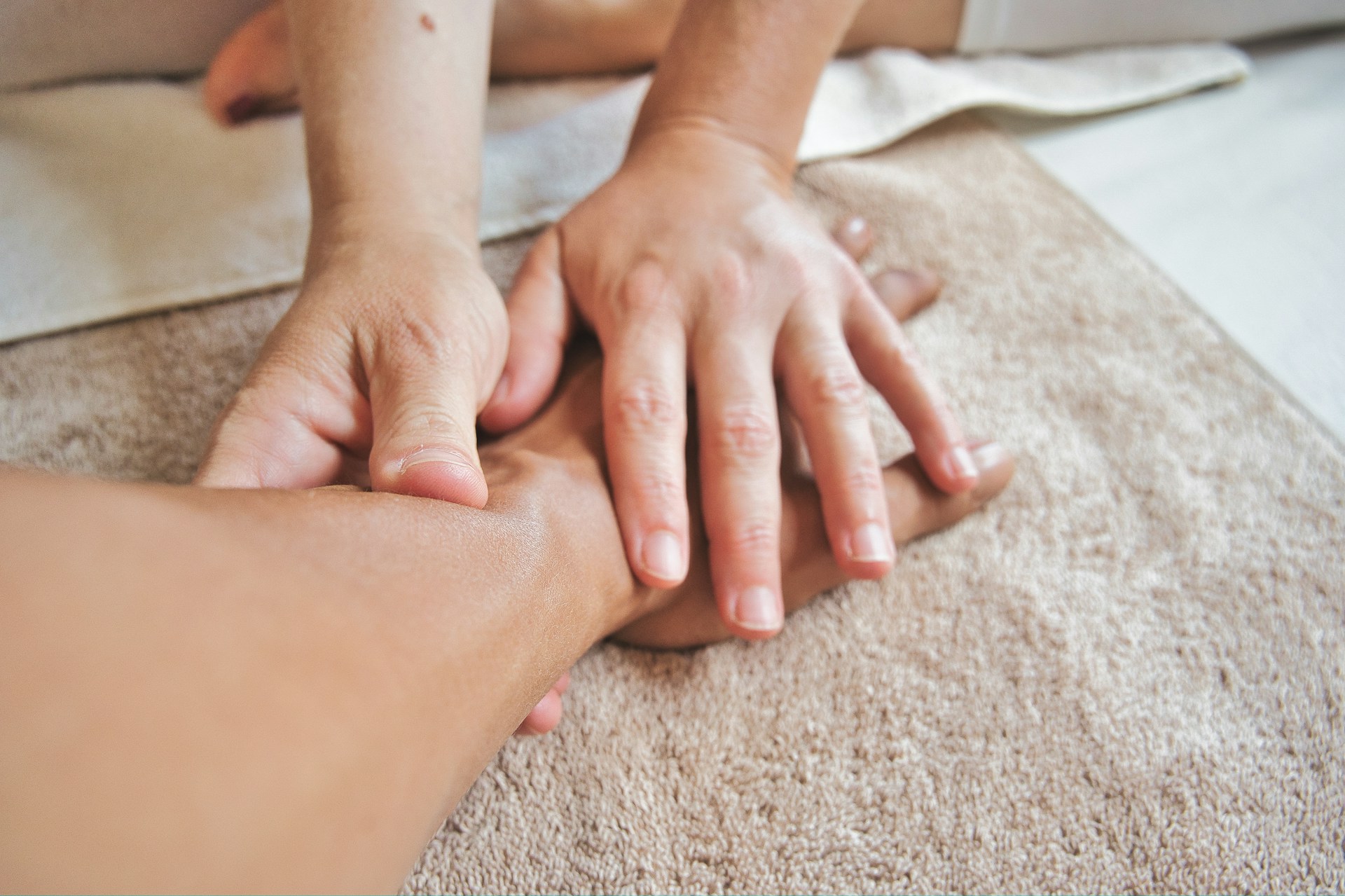
- Tailor Your Techniques Where Possible
Every client is different, and their needs will change from session to session. Take the time to customize your approach to suit each individual’s preferences and goals. By adapting your techniques to their body and feedback, you show them that their comfort and needs come first.
For example: If a client has informed you of neck tension, focus more time on that area and adjust your pressure or technique timings based on their feedback.
10. Post-Session Follow-Up
Whether an intense or deeply relaxing session, following up with your client can show that you care about their well-being beyond the massage table or treatment couch. A simple message or quick check-in helps build trust and shows your client that their overall health and comfort matter to you. It’s also a natural way to gain new testimonials to use in your marketing.
For example: A follow-up like, “I hope you’re feeling better/seeing improvements after your session? Let me know if you have any questions or need any aftercare advice,” adds a personal touch to their experience.
Conclusion
Creating a safe and trusting environment for your clients is all about staying present, listening, and paying attention to both the small details and the bigger picture. By focusing on your client’s comfort and well-being from start to finish, you help them feel safe, relaxed, and ready to fully benefit from the therapeutic power of touch.
